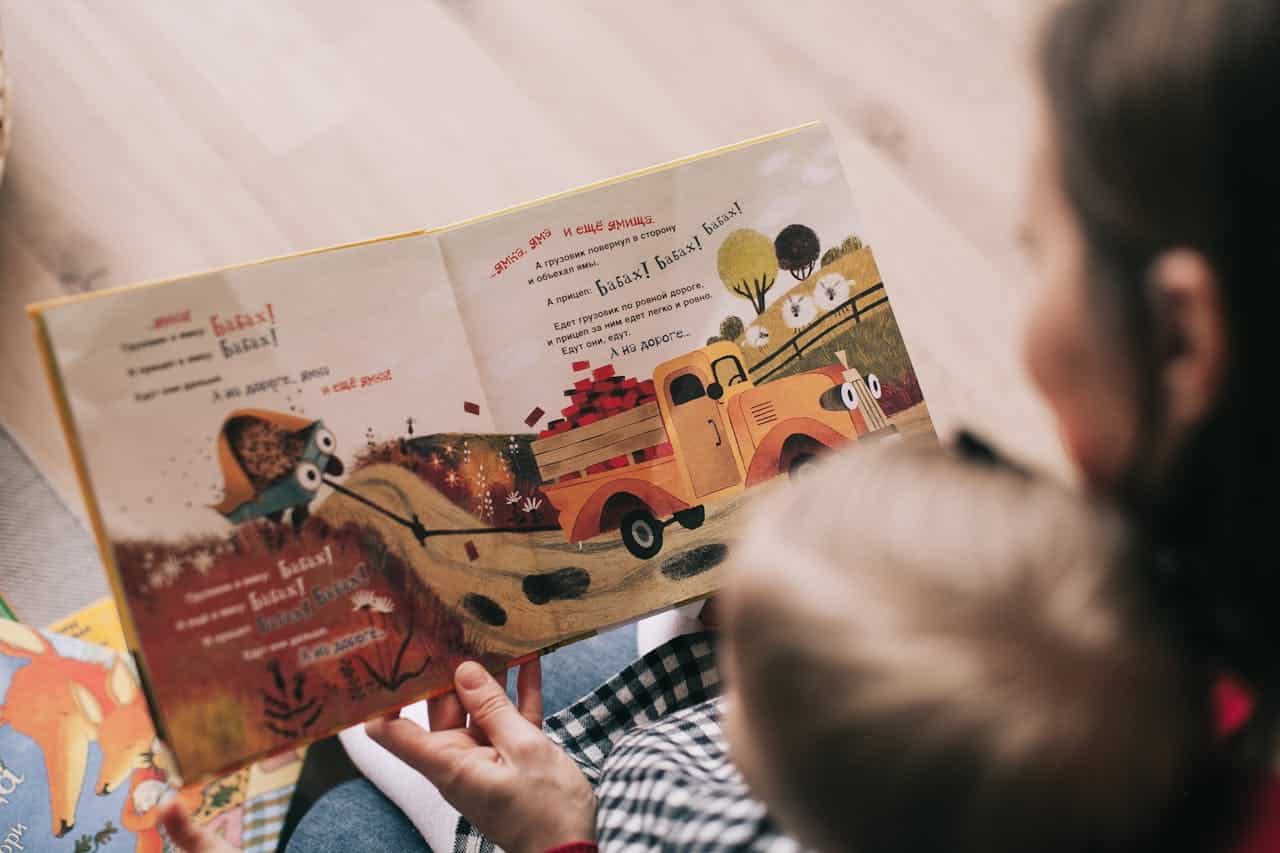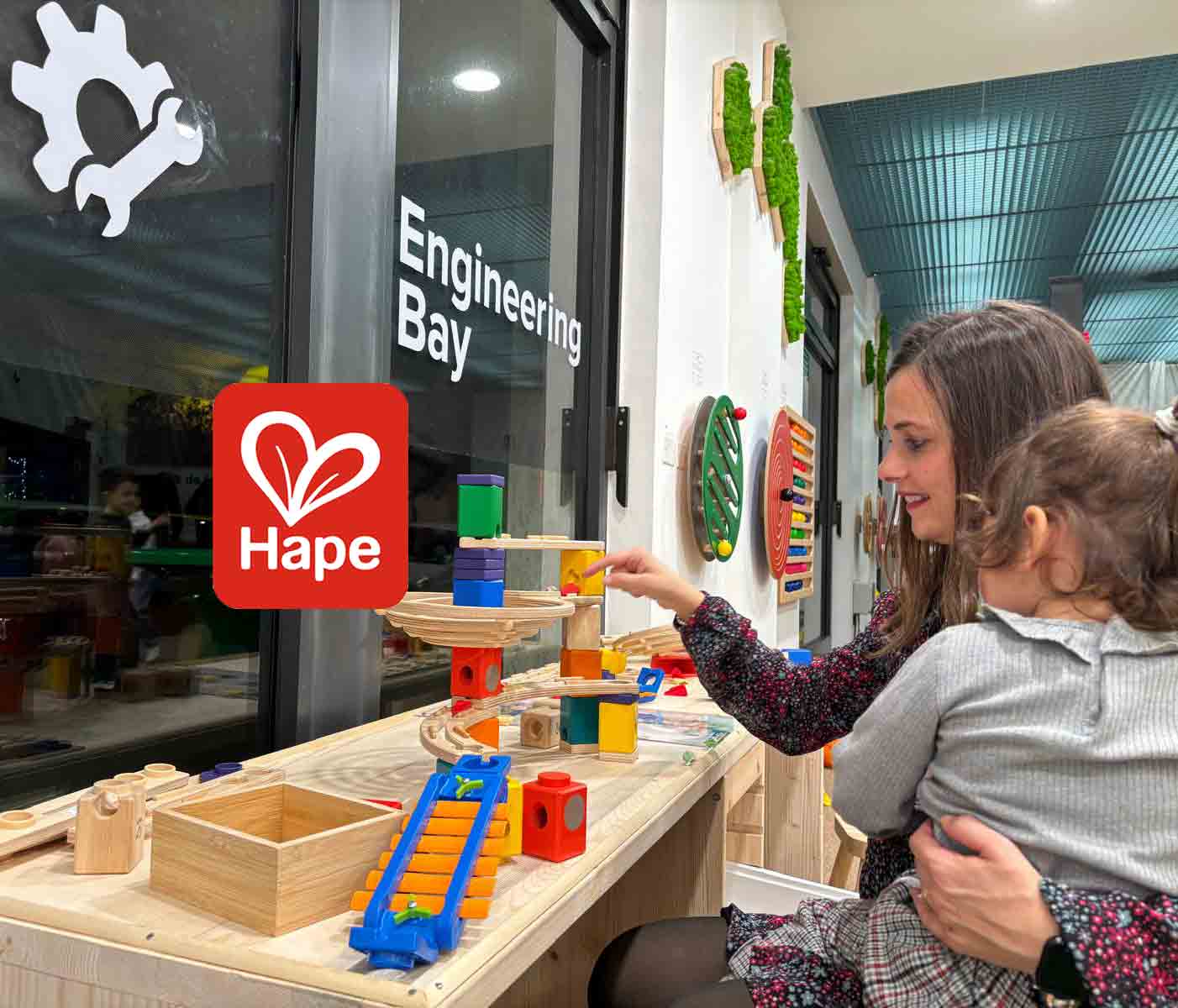Learning to read and write is one of the most significant milestones in early childhood. Most children typically begin to recognize letters and sounds between the ages of 3 and 4, with many starting to read simple words around age 5. By the time they’re 6 or 7, many kids can read basic books and write short sentences. However, every child develops at their own pace, so it’s important to focus on making reading a positive and fun experience rather than pushing them to meet certain milestones at specific ages. As a parent, your involvement in this journey can make a world of difference. The good news is, helping your child learn to read and write can be an enjoyable and rewarding process for both of you. Here’s how to foster a love for reading in your child while gently encouraging their literacy skills.
Create a Joyful Reading Environment
The first step in helping your child embrace reading is to make it a joyful experience. From a very young age, even before they are ready to read, surround your child with the sounds of language. Sing nursery rhymes, chant rhythmic songs, and use silly voices to make up your own rhymes. This not only builds your child’s vocabulary but also helps them develop phonological awareness, an important precursor to reading. For toddlers and preschoolers, playtime can be filled with books—choosing stories with colorful pictures and engaging plots can make reading feel like a natural and enjoyable part of their day. Your enthusiasm will set the tone, showing your child that reading is a fun, shared activity.
Turn Everyday Moments into Learning Opportunities
You don’t have to wait for “learning time” to teach reading skills. Everyday activities are filled with opportunities to introduce new words and reinforce literacy. While doing chores, point to objects and name them, explaining what they are and what they do. For example, while cooking, you can talk about the ingredients and utensils, giving your child a chance to learn new vocabulary. For younger children, between 2 and 4 years old, this type of casual, everyday conversation helps build a strong language foundation that will later support reading skills. Connect the words you say to real-life objects to help make the association between spoken and written language.
Introduce Phonics in a Playful Way
Once your child is familiar with letters and sounds, usually around ages 4 to 5, you can begin introducing phonics in a fun and interactive manner. Teaching them to sound out words letter by letter helps them decode unfamiliar words. You don’t need to rely solely on formal lessons—turn it into a playful activity by using alphabet puzzles, apps like HOMER, or simple games where your child blends sounds together to form words. By making it a game, your child will be more inclined to participate and practice these early reading skills without feeling pressured.
Make Lists and Practice Writing Together
Writing is an essential counterpart to reading, and children often develop writing skills around the same time they start learning to read. Between the ages of 4 and 6, many children enjoy scribbling or writing simple words. Involve your child in everyday writing tasks, like making shopping lists or to-do lists. This not only helps them practice writing but also shows how written words connect to real-life objects and tasks. Let your child help you write down simple things, such as what to buy at the store, and as they improve, they can start writing short sentences. This real-world application of writing makes it more engaging and purposeful for them.
Encourage Scribbling and Drawing
Before a child can write letters and words, they often start by scribbling or drawing, which typically happens around ages 2 to 4. Providing them with plenty of paper and writing tools encourages the development of hand-eye coordination and fine motor skills, which are critical for future literacy. Encourage your child to draw pictures and “write” their stories alongside the images, even if it’s just scribbles at first. These early attempts are building blocks that lead to writing letters and words as they get older.
Use Magnetic Letters for Interactive Learning
For young children around 3 to 5 years old, magnetic letters can be an excellent tool for hands-on learning. Place these letters on the refrigerator or a magnetic board, and use them to spell out simple words like their name, “cat,” or “dog.” You can also sort the letters by color, shape, or the sounds they make, turning letter recognition into a fun activity. Encourage your child to identify letters within their name or words they recognize from books. This interactive approach keeps learning engaging and builds their familiarity with the alphabet in a playful way.
Make Storytime a Family Affair
Reading books together as a family is one of the most powerful ways to help your child develop a love for reading. For children as young as 2 years old, attending library storytimes or simply reading together at home builds a connection between books and pleasure. As you read aloud, point to the words so your child can follow along with the text. Storytime creates a bonding experience, reinforcing the idea that reading is a special and enjoyable activity. As your child grows older, continue this tradition, even when they start reading independently, to foster a lifelong love of books.
Practice Shared Reading
Around ages 5 to 7, when your child starts reading more confidently, shared reading can help reinforce their skills. Take turns reading lines or pages of a book together, allowing your child to practice while also giving them a sense of accomplishment. This collaborative approach builds confidence, as your child feels supported by you and gains the opportunity to practice reading aloud in a relaxed, enjoyable setting.
Play Word Games
Make learning fun by incorporating games into your child’s reading journey. For younger children, as young as 3 years old, you can use Post-It notes with sight words or play games with play dough, clay, or magnetic letters. These playful activities help your child develop early literacy skills in a relaxed, engaging way. As your child grows older, playing more advanced word games, such as creating rhymes or solving word puzzles, can continue to support their growing vocabulary and reading skills.
Connect Print with Words
A key part of learning to read is understanding the connection between print and spoken words. When reading with your child, track the words with your finger, showing them how the sounds they hear correspond to the letters on the page. This technique is especially effective for children around 4 to 6 years old, helping them understand that the words they see are the same ones they say. As they become more comfortable with letter-sound connections, their ability to read independently will strengthen.
Make Reading Interactive and Relatable
Help your child engage with the stories you read by making the experience interactive. After reading a book, discuss the story and ask questions, such as “What do you think will happen next?” or “Does this remind you of anything in your life?” Relating the story to your child’s experiences helps them make connections between the text and the real world, deepening their comprehension. For preschoolers and early readers, this helps build critical thinking skills while keeping the reading experience fun and relevant.
Emphasize Fun and Relaxation
Above all, remember that learning to read should be fun. Avoid placing too much pressure on your child to perform or meet specific milestones. If your child isn’t enjoying a particular activity, switch things up to keep the mood light and positive. Focus on quality time spent together rather than the quantity of words they’ve read or written. Encouraging relaxation and enjoyment around reading will foster a more lasting connection to literacy.
Conclusion
Helping your child learn to read doesn’t have to be a rigid or stressful process. By creating a joyful reading environment, turning everyday moments into learning opportunities, and using fun, interactive methods like games and storytime, you can make reading a natural and enjoyable part of their daily life. Every child develops at their own pace, so adapt these tips to your child’s interests and needs. By fostering a love of reading, you’re setting the foundation for a lifelong journey of learning and imagination.



